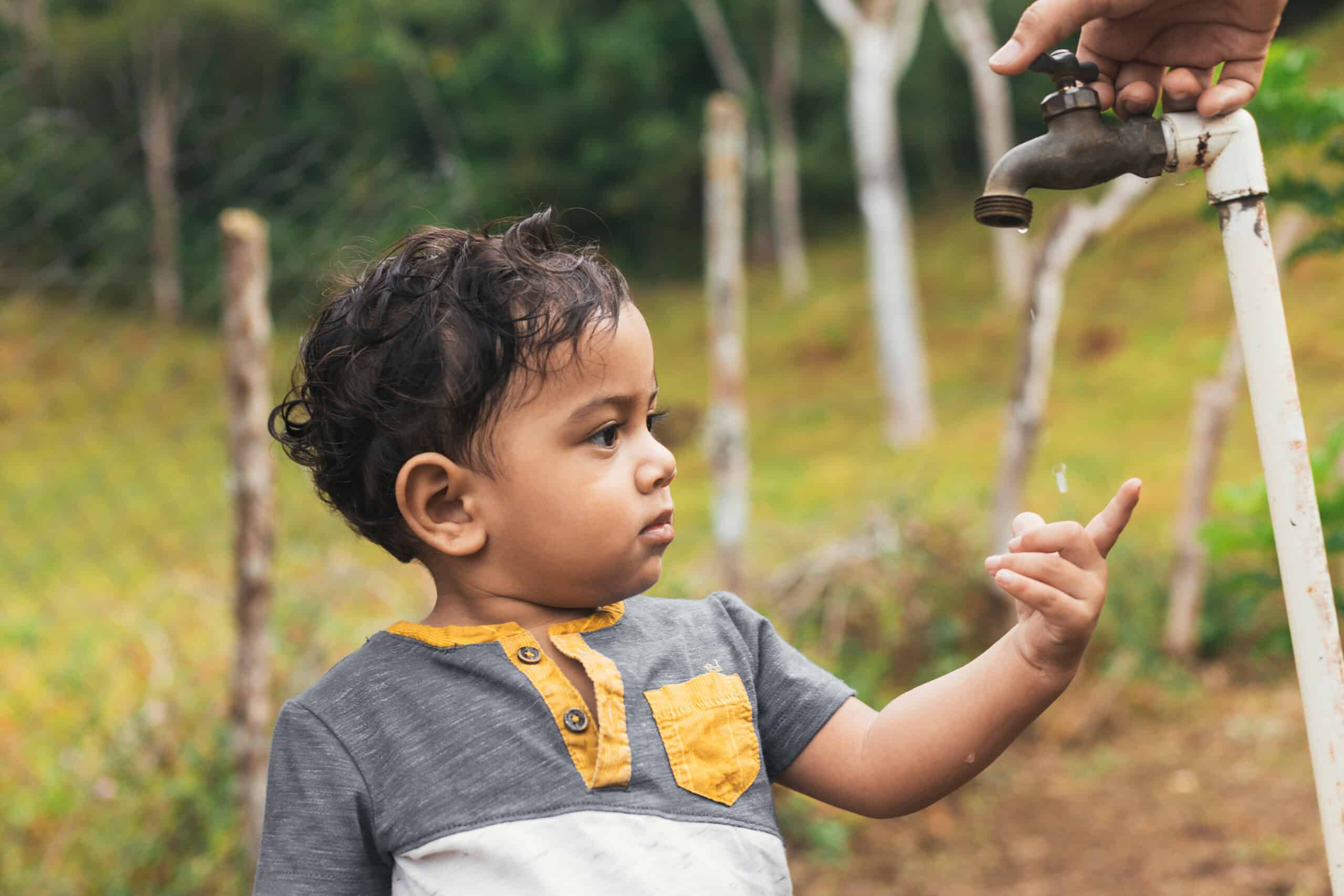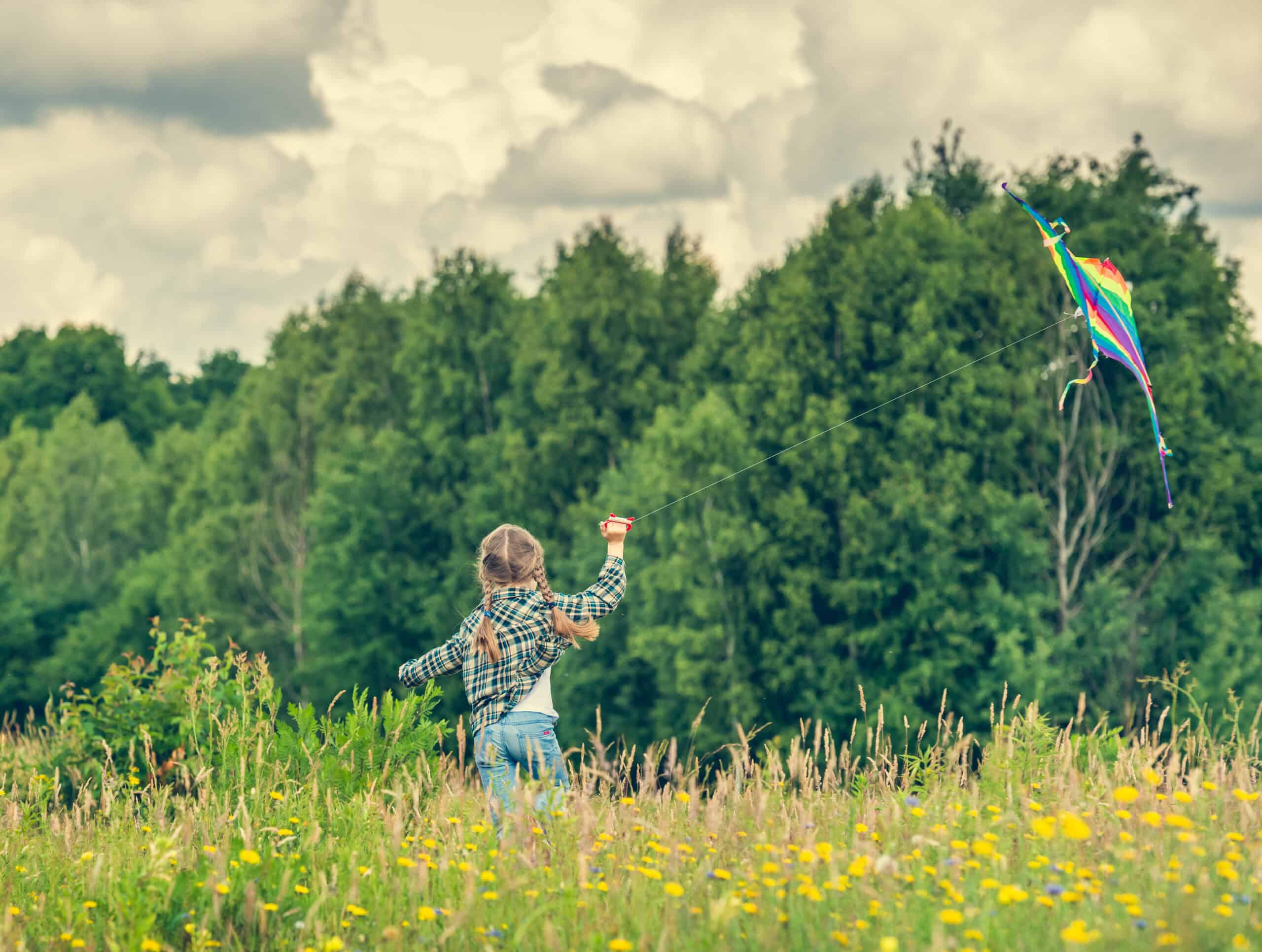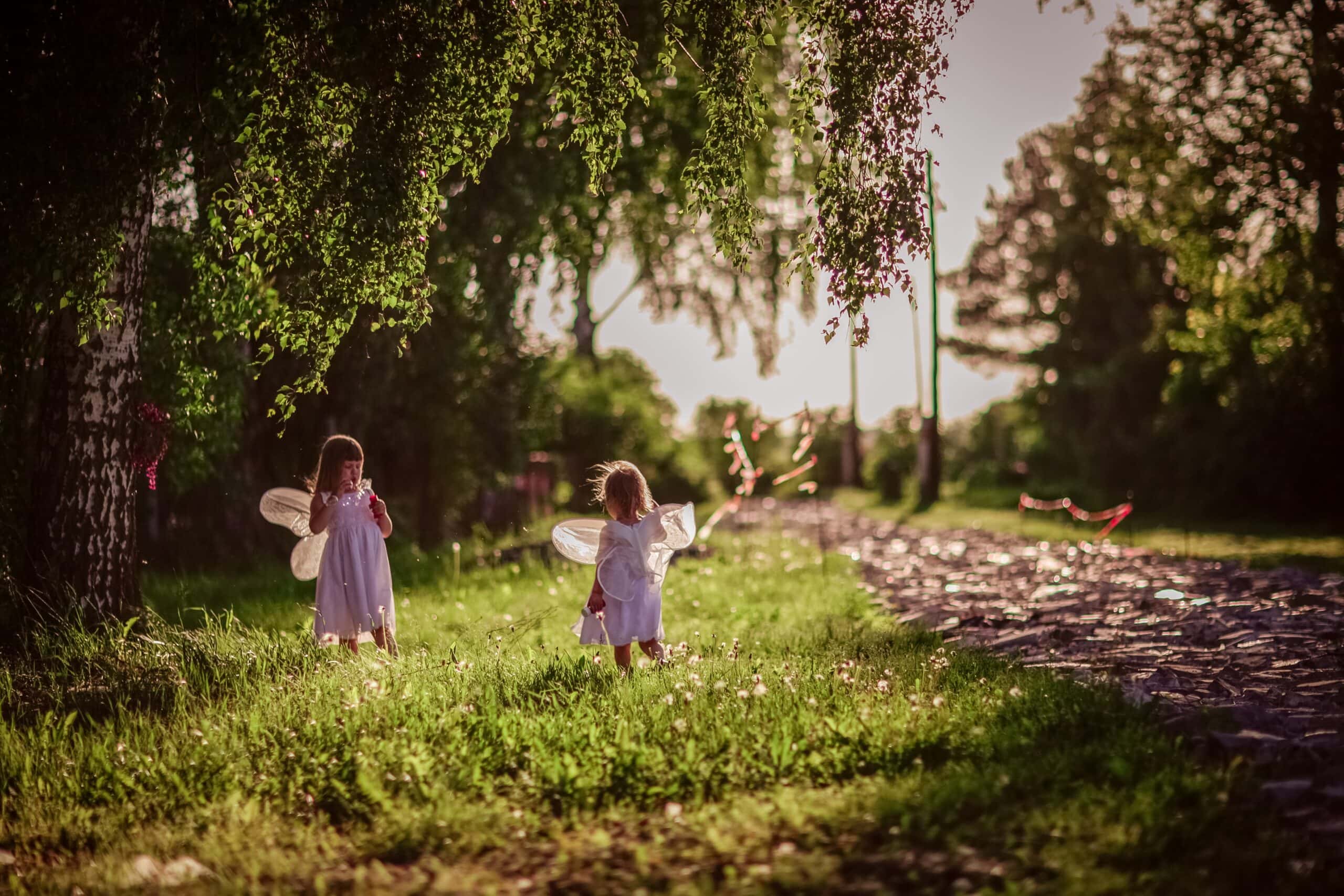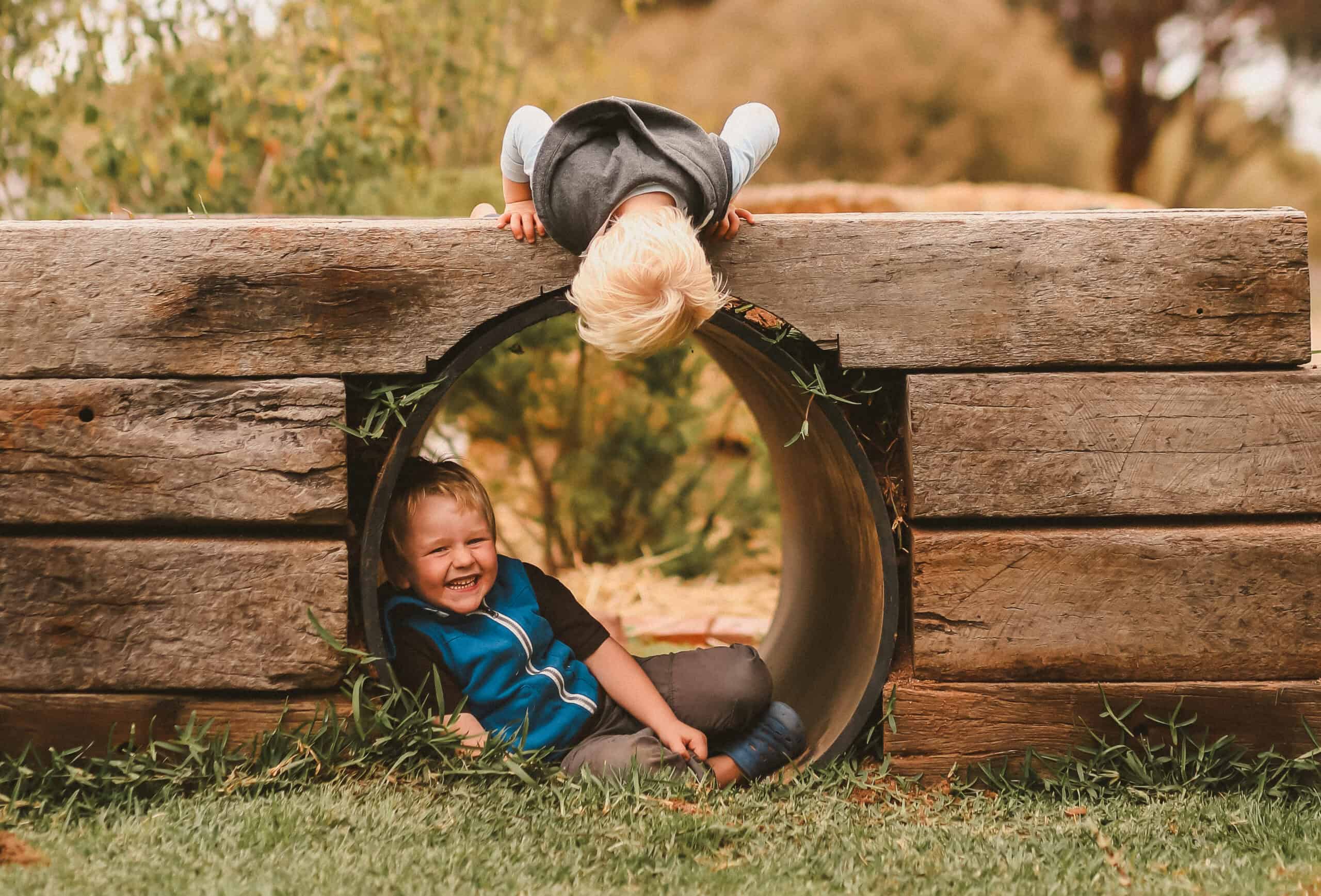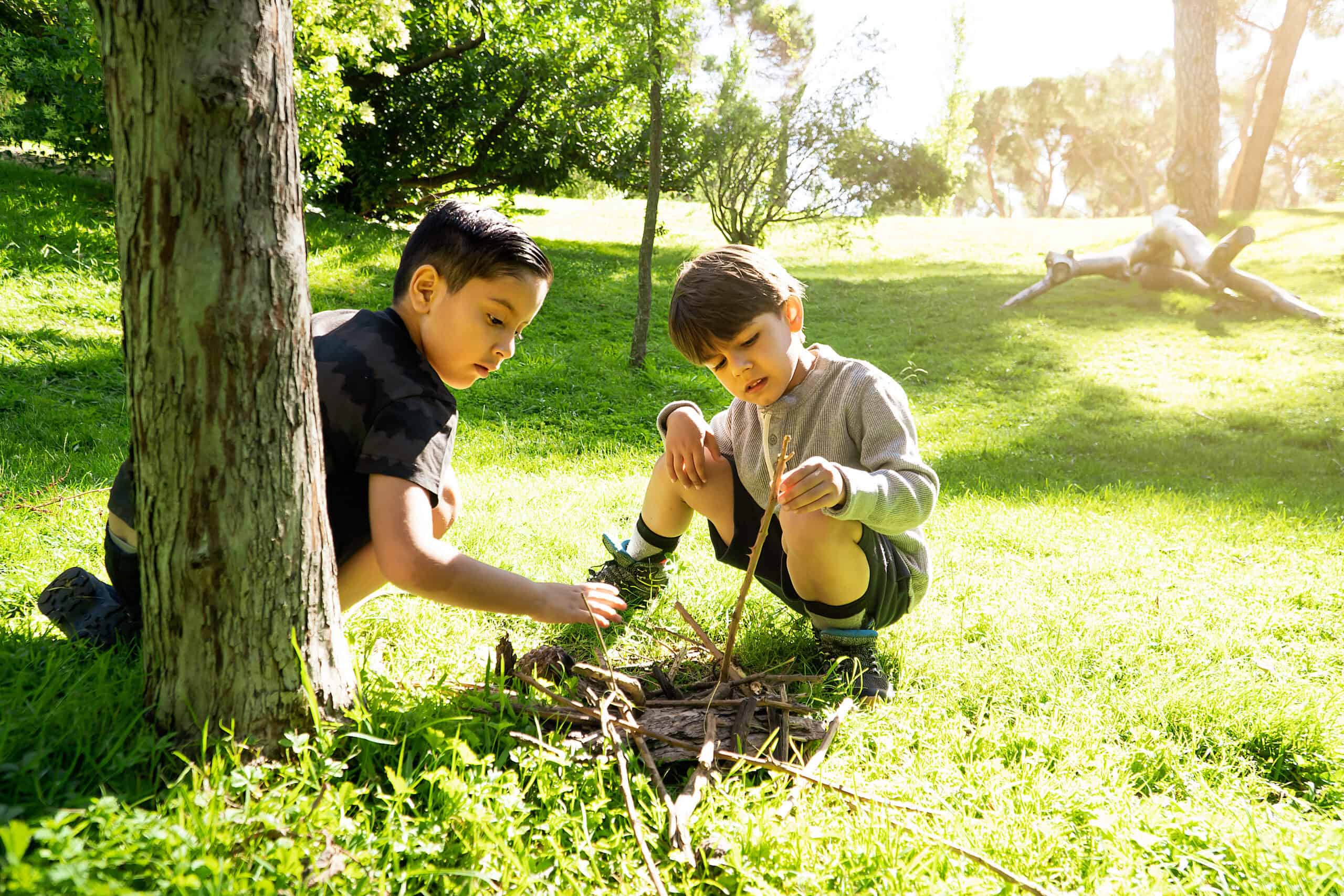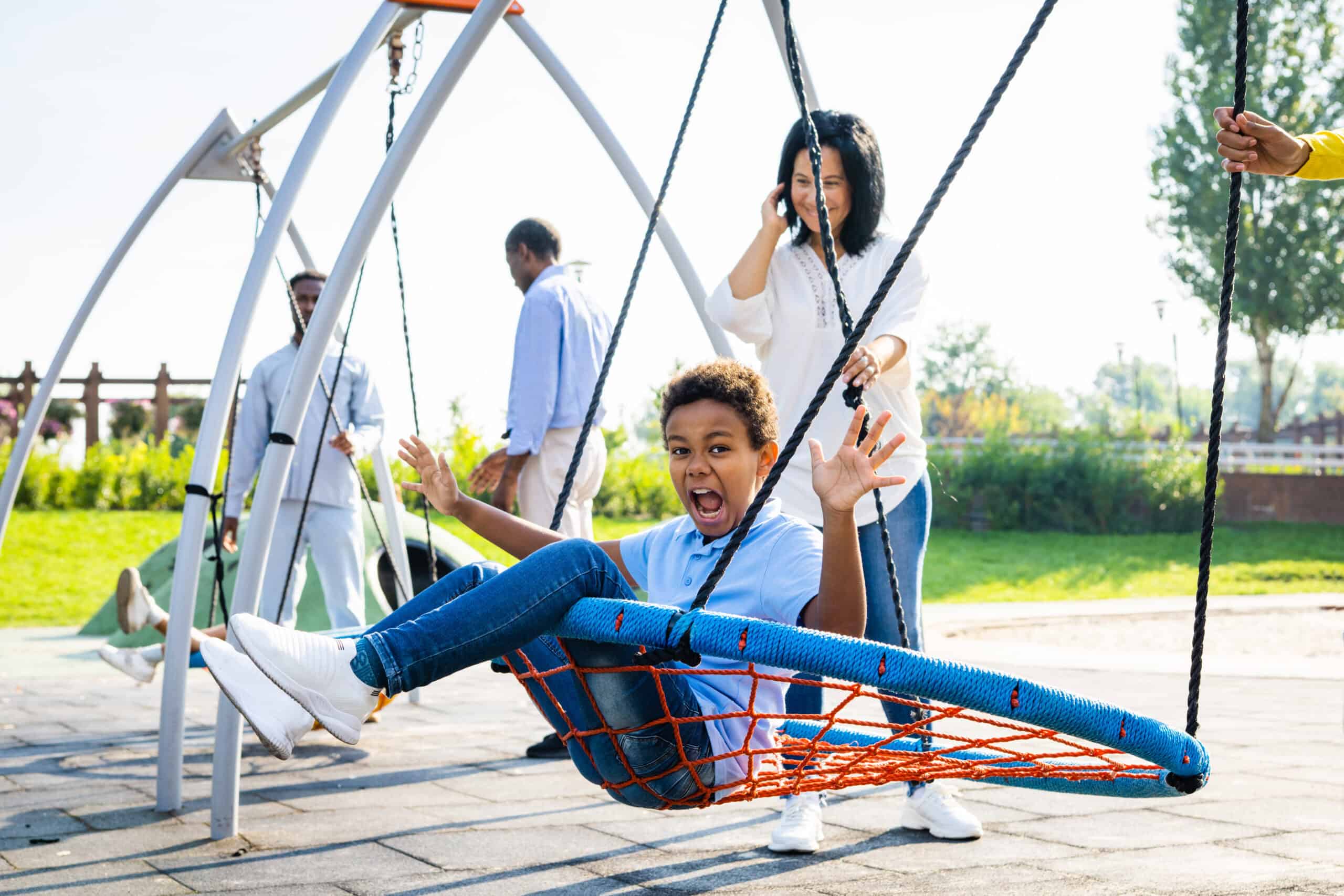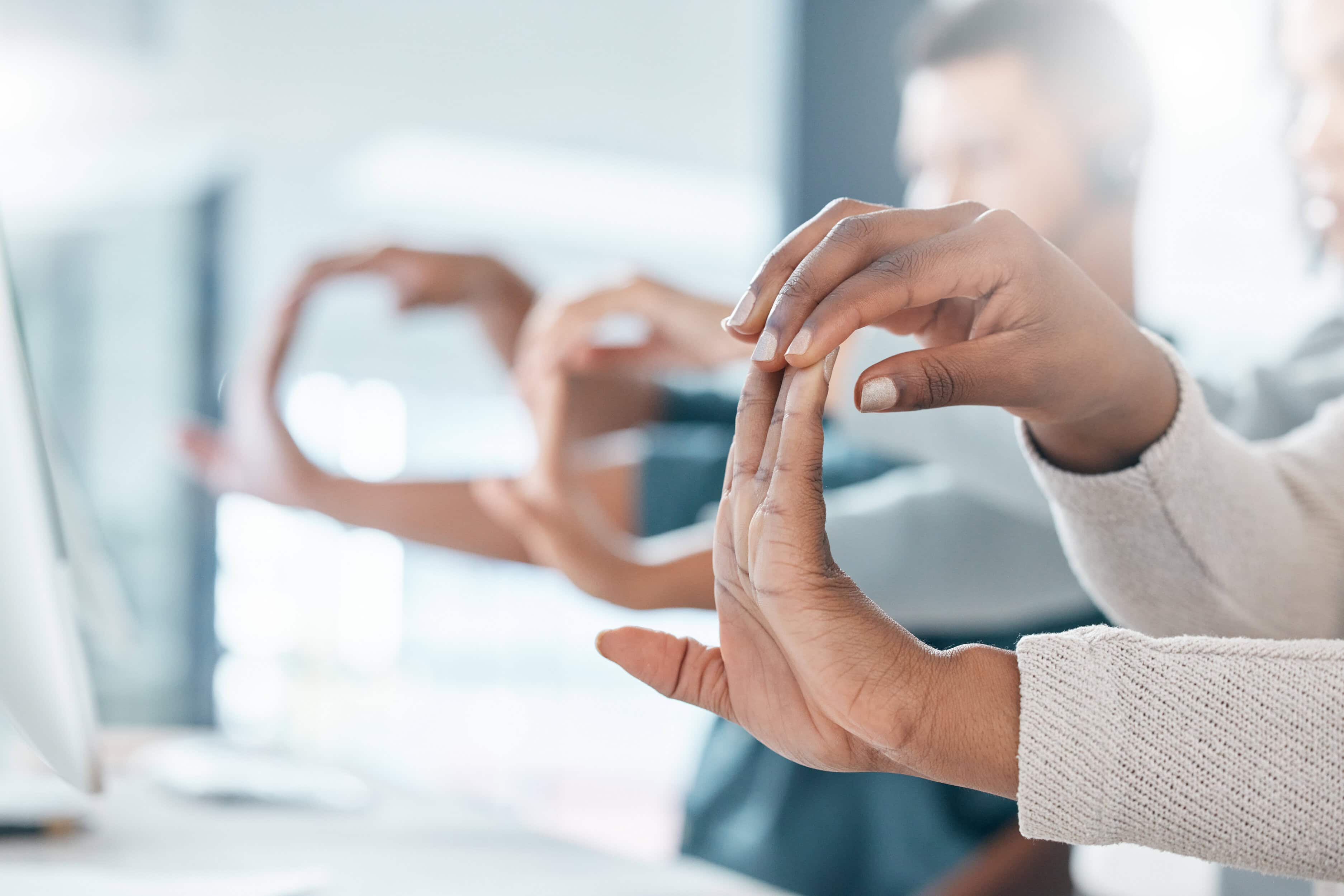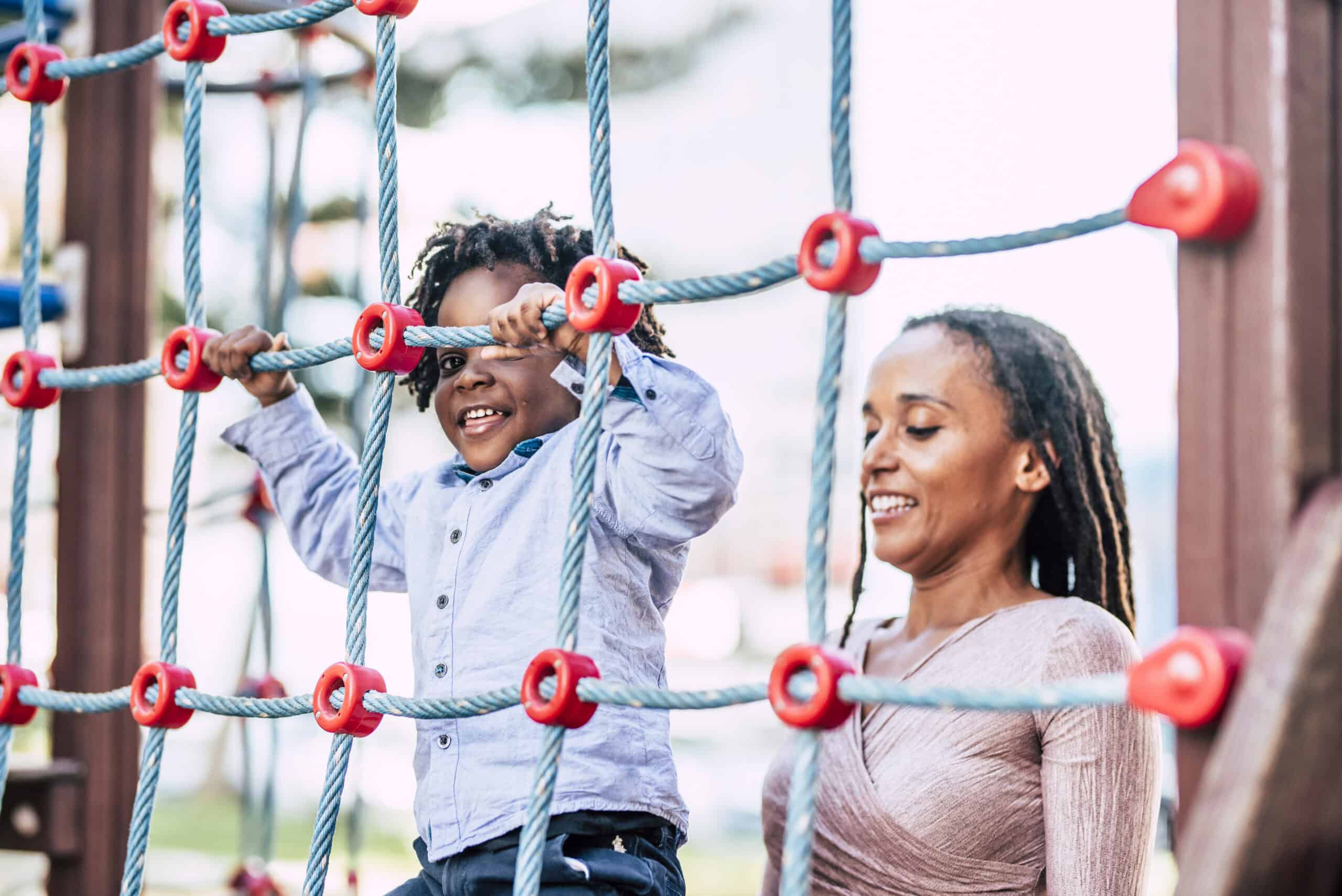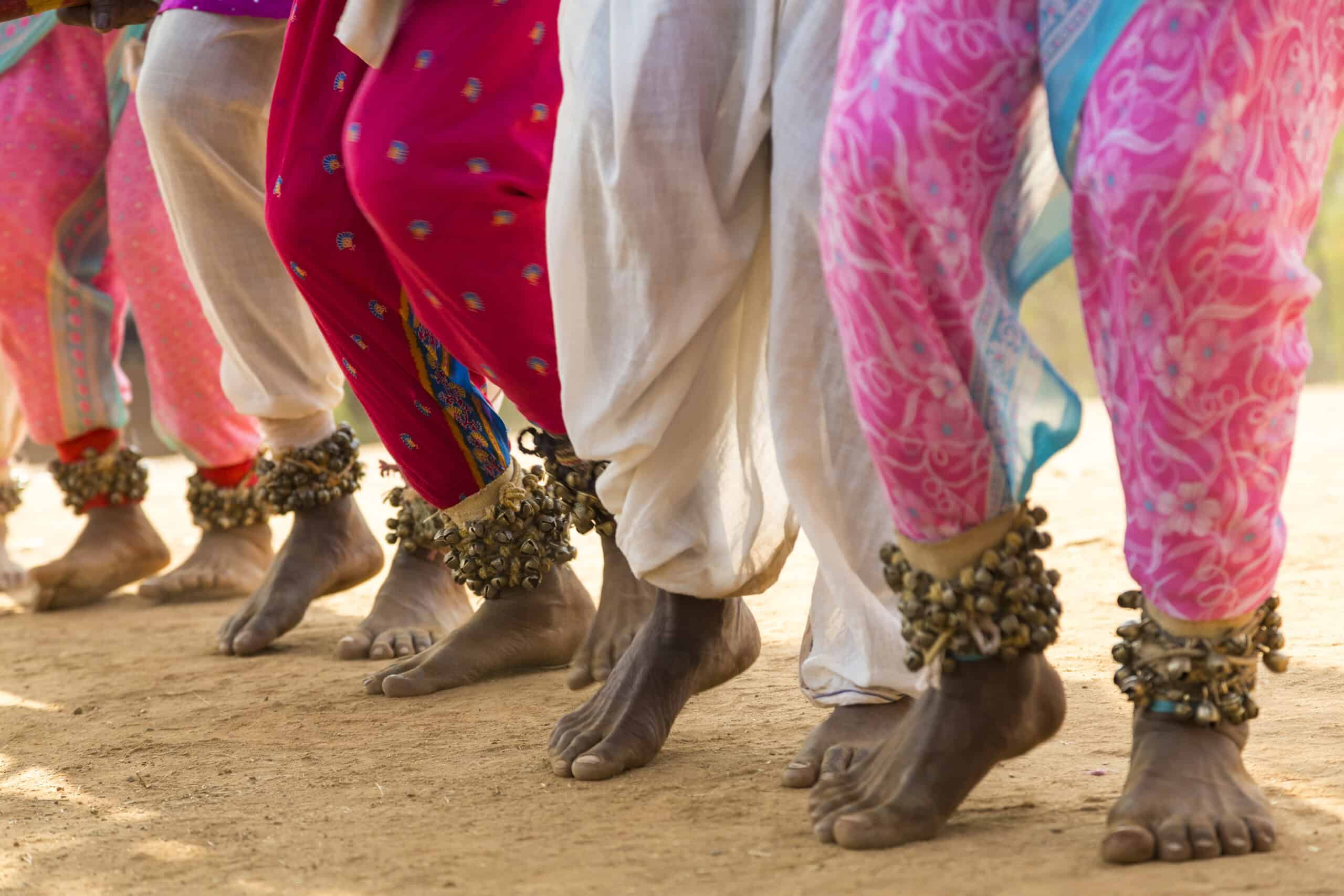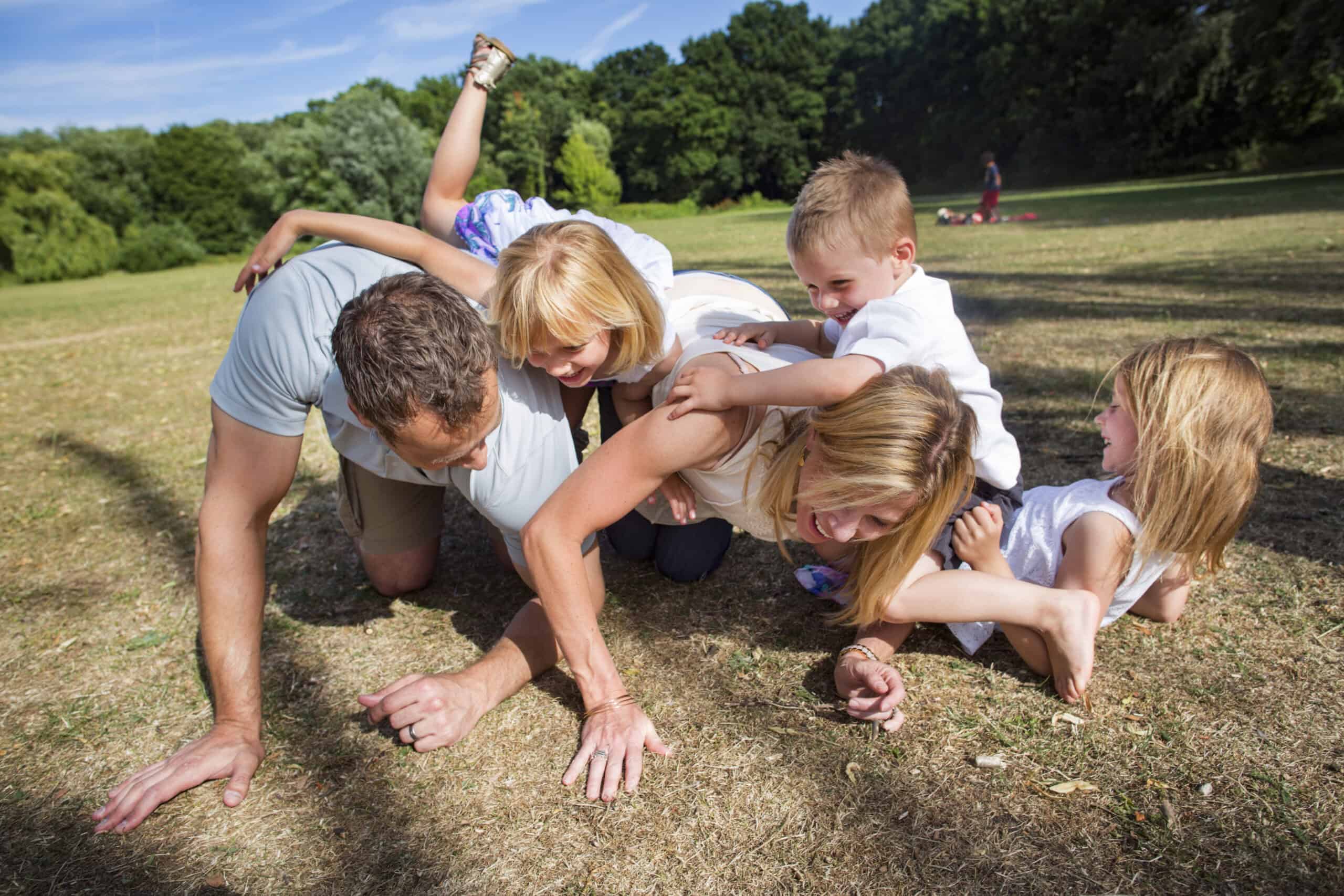Wellbeing Dimension: Physical Wellbeing
Physical Wellbeing emphasises the importance of physical health, movement, and vitality as key foundations for personal growth and overall wellbeing. As part of the Personal Wellbeing Domain, it encourages practices that enhance physical resilience and ensure a balanced, active lifestyle.
-
Wonder Starts in the Body: How Awe Moves Us—Literally
You know that feeling when something stops you in your tracks? A rainbow after the rain, a whale breaching, a song that gives you chills. That’s wonder. And while it may feel like magic, scientists are discovering that wonder isn’t just in our minds—it begins in our bodies and nervous system (1). Our eyes widen.…
-
Myths about creativity
Creativity is a very mysterious thing for lots of people. Myths usually rely on a grain of truth that gets twisted and taken out of a wider context. There are a lot of misconceptions about creativity still floating freely all over the world, which suggests that the scientific research we know on this subject has…
-
Building Better Brains: How Play Strengthens Executive Function in Children
Have you ever wondered why some kids seem more focused, organised, or able to stay calm under pressure? Executive functioning has become a popularised brain word. What exactly is executive functioning? It is the brain’s way of processing information while regulating the self. It involves our working memory, planning, self-monitoring, time management, self-control and organisation.…
-
Moving Minds: How Movement and Productivity Intersect to Transform Modern Work
Have you ever noticed your best ideas come when you’re walking – not sitting at your desk? Movement and Productivity Connection That’s not a coincidence. Movement and productivity are deeply connected. Productivity is too often equated with stillness – think motionless bodies hunched over keyboards, eyes fixed on screens, and chairs that mould to the…
